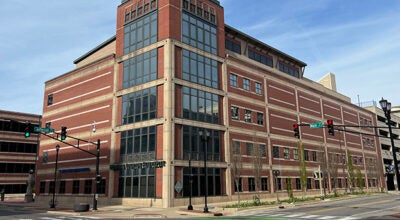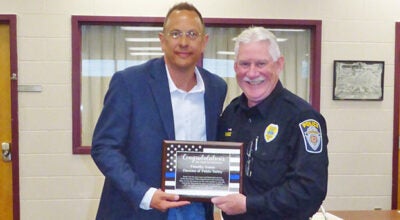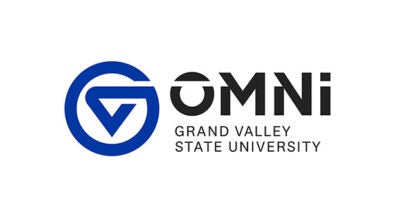‘Just the beginning of our time’
Published 9:33 am Friday, October 30, 2009

Jeffrey Dennis, an instructor from the communications and humanities department at SMC, teaches a class Thursday at the college's Dowagiac campus. (Daily Star Photo/Ann Burch)
By JESSICA SIEFF
Niles Daily Star
If the current state of unemployment in America – let alone the state of Michigan – has left any young, recent high school graduate any less determined to make the most of their future, it would be hard to know it.
Whether fresh out of high school, or fresh out of work, it would seem more and more people are heading back to the classroom to further their education.
And they’re doing it at home.
All across the country community colleges are reporting significant increases in enrollment.
This week, a report by the Pew Research Center which looked at data provided by the United States Census Bureau reported that while numbers are increasing in both four year and two year colleges “the most recent annual spike has taken place entirely at two-year colleges.” Numbers reflected enrollment as of October 2008 – the most recent comprehensive data available.
David Mathews, president of Southwestern Michigan College (SMC), would agree.
Enrollment at SMC alone was up 20.7 percent at the start of the semester for this school year. Transfers, drops and other variables left the final figures at 19.7 percent, but that is still high.
“Booming,” he said of enrollment on campus. “And it’s booming for two reasons.”
The first, he said, is the nature of an economic recession. Numbers reflect both displaced workers and traditional students who are “looking for an affordable college education.”
The second he credits to SMC’s “long term strategies” to encourage enrollment: the recent addition of a student activities center and student housing options. The student housing facility is at 100 percent occupancy.
“In two years we’ve grown by almost one-third,” Mathews said.
Yet even with all the talk of decreases in state funding, especially considering Michigan’s dismal financial situation, Mathews said the college has been able to move forward, thanks in part to a focus on planning ahead.
The economy has been “nothing new,” something that’s been a fact since 2001.”We’re now in our eighth year of a significant recession,” he said.
This year was somewhat an exception, with the college getting a reprieve – being funded at the same level as last year, with no additional decreases.
“It won’t be able to continue,” however, Mathews said. “And we recognize that.”
Those financial realities have “been a key in our planning” he said. As an example, the college’s new student living facility “is entirely self supporting.” It was built with borrowed money, no funds coming from the state or from the college’s own resources.
“We’ve had to look elsewhere than the state of Michigan,” Mathews said when it comes to finding funding for various college needs and programs.
Asked if this is the moment for community colleges everywhere, he said, “it’s either our time or just the beginning of our time.”
It is definitely a changing time. Mathews said three primary factors facing parents and students when it comes to college include options such as pulling equity out of a home, using credit to pay for tuition, books or fees, or counting on the Michigan Promise Scholarship for help are no longer options. That might make a difference when comparing the costs of two- and four-year colleges.
And colleges like SMC and Lake Michigan College are responding to the needs of students who are looking for that four-year degree, offering specialized programs that allow students to continue their education on campus through partnerships with four year schools that allow them to acquire a Bachelor degree.
When it comes to SMC in particular, those options combined with the new addition of a student activities center and student housing allows for the type of college experience many students are looking for in serious number.
“For the foreseeable future,” Mathews said. “People are going to give community colleges a more serious look.”






